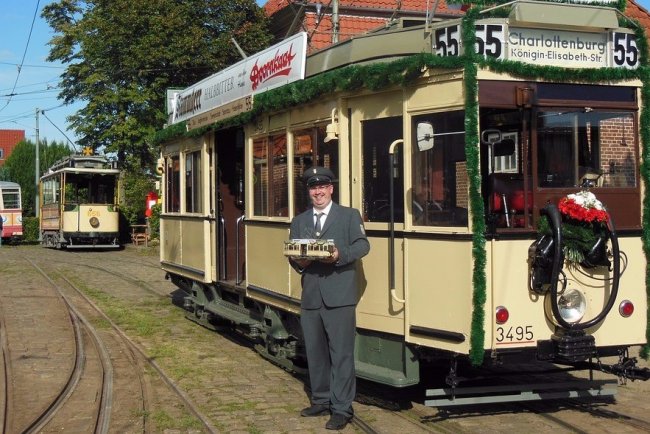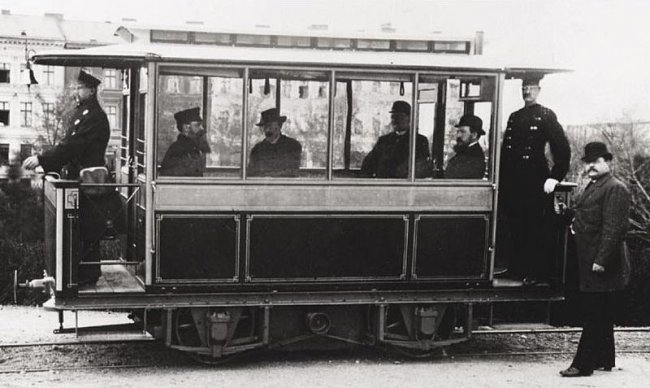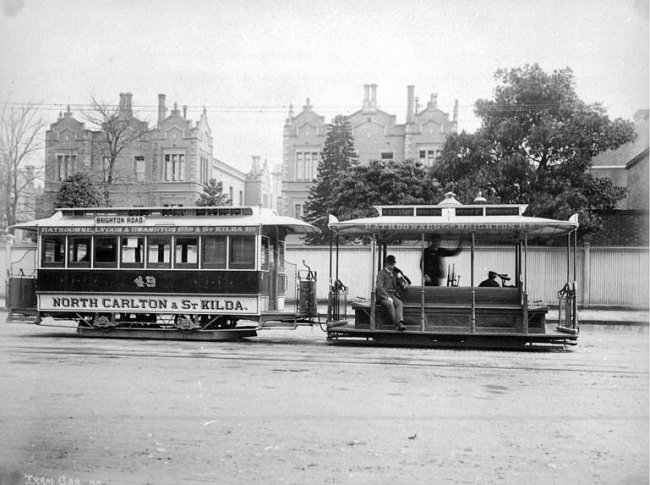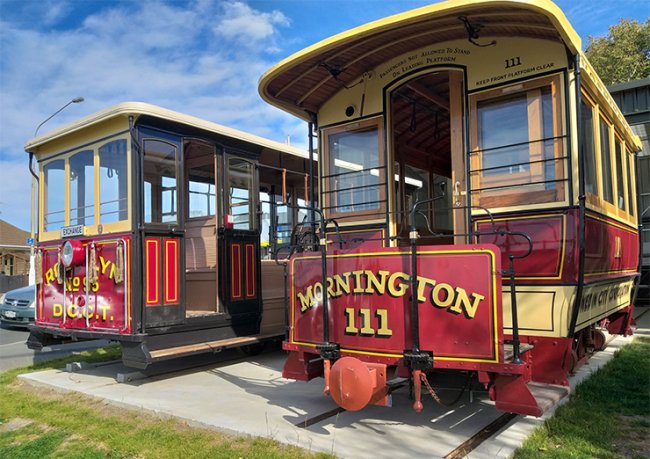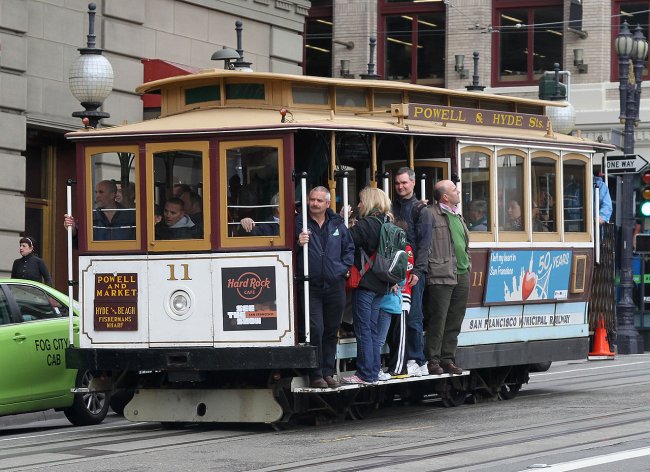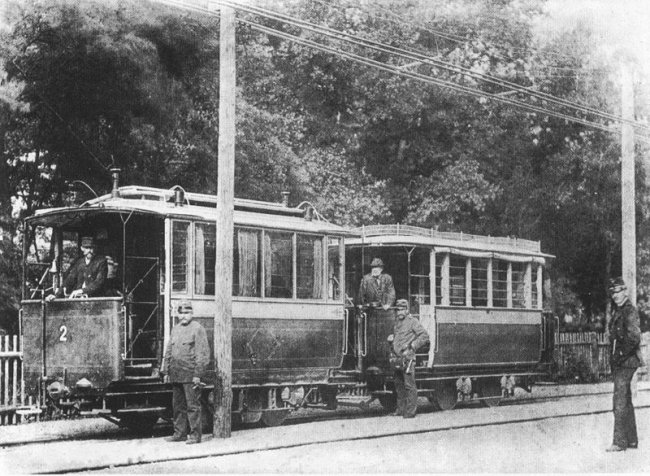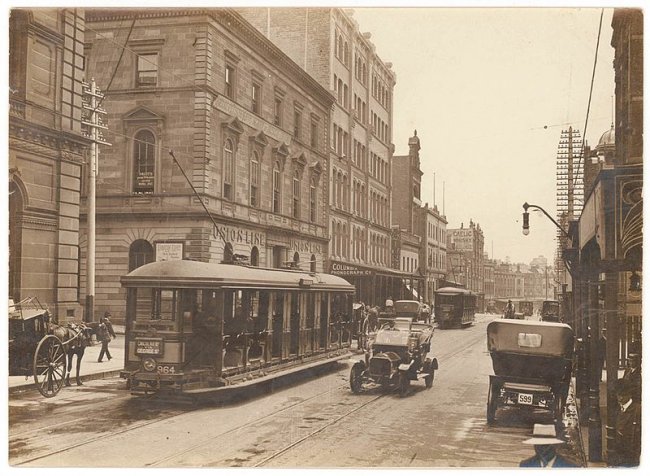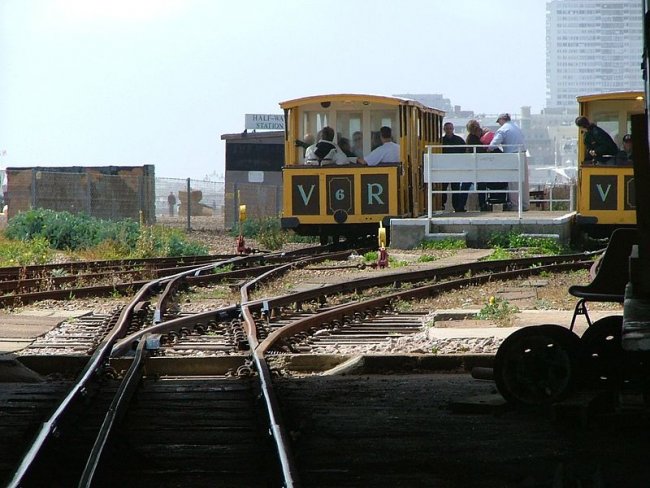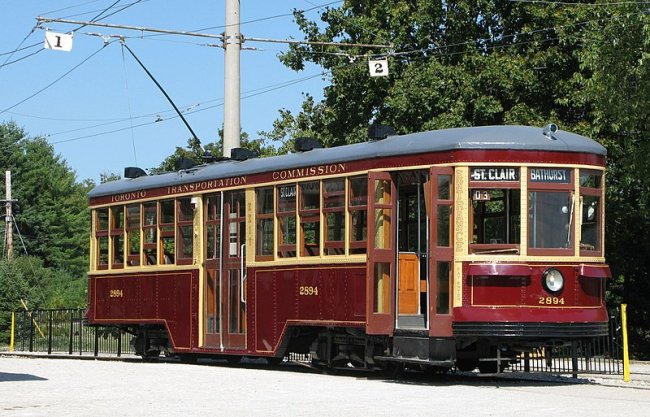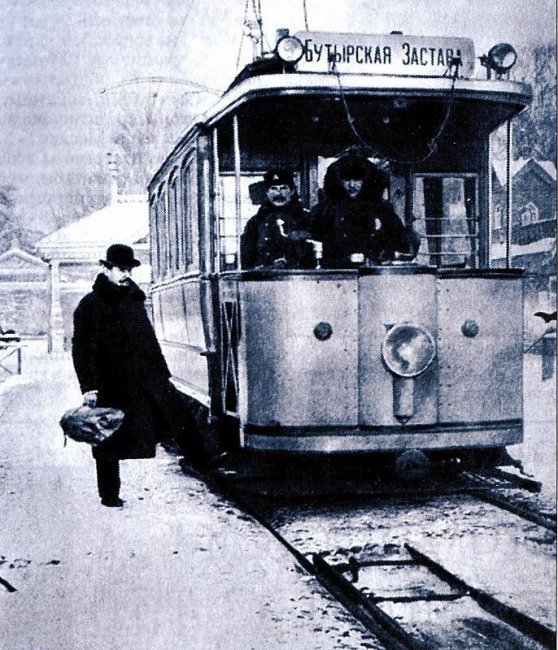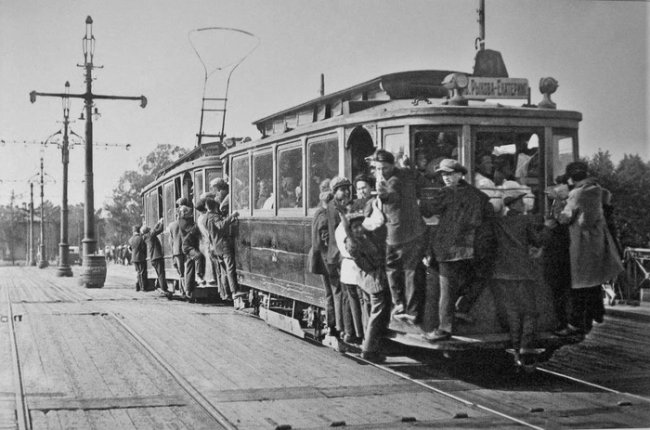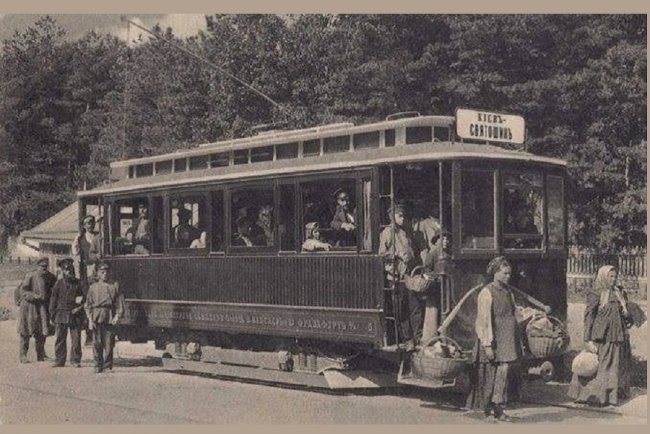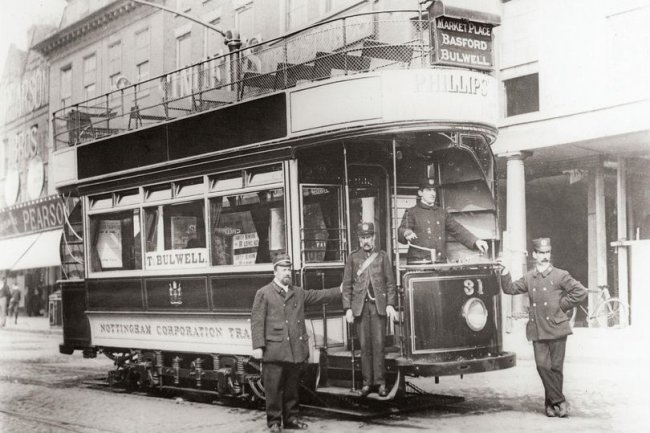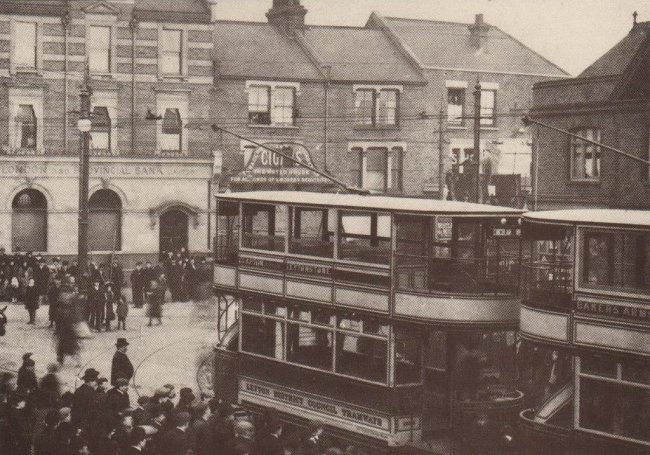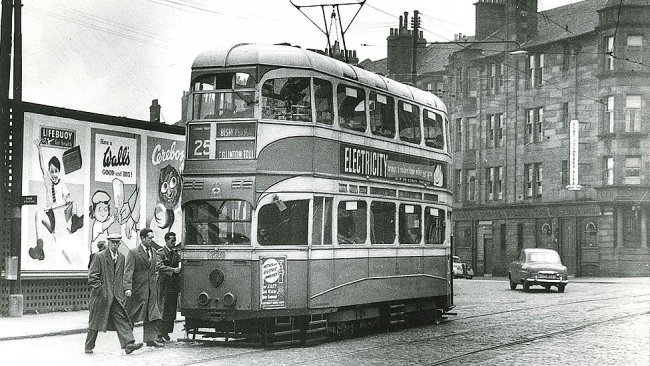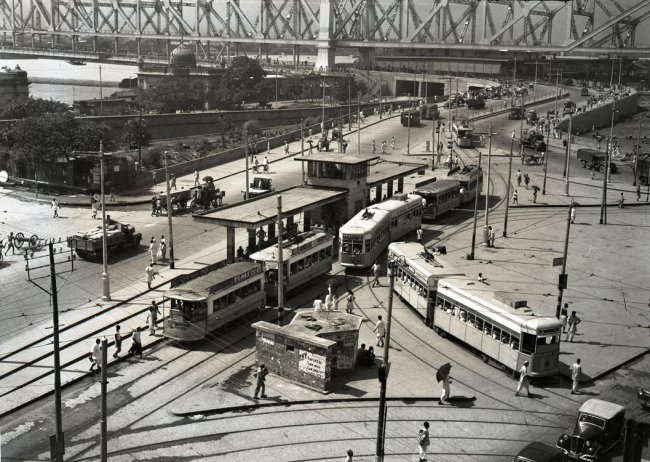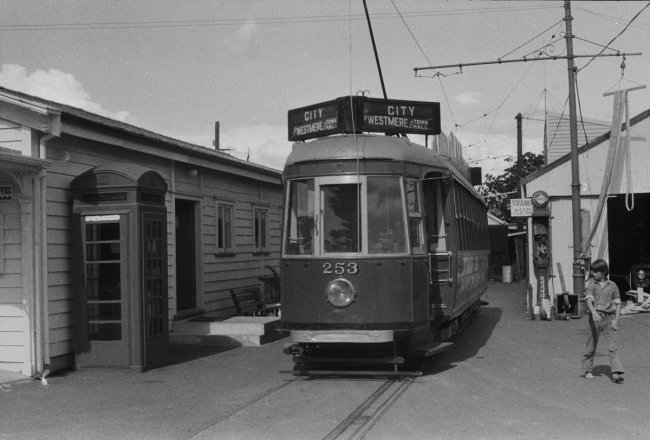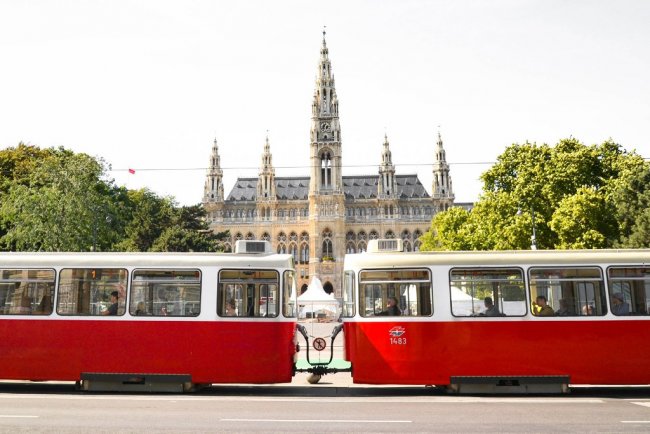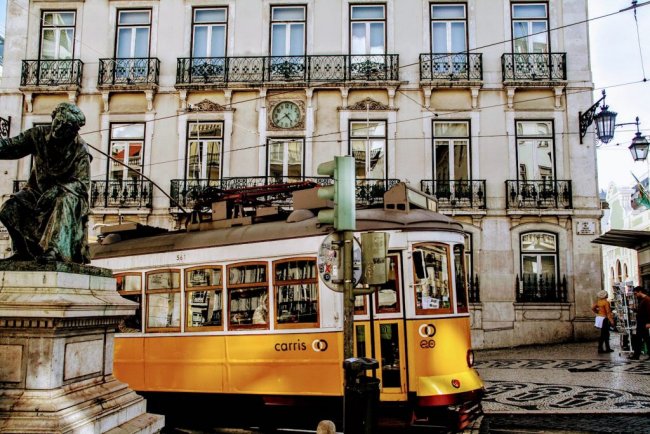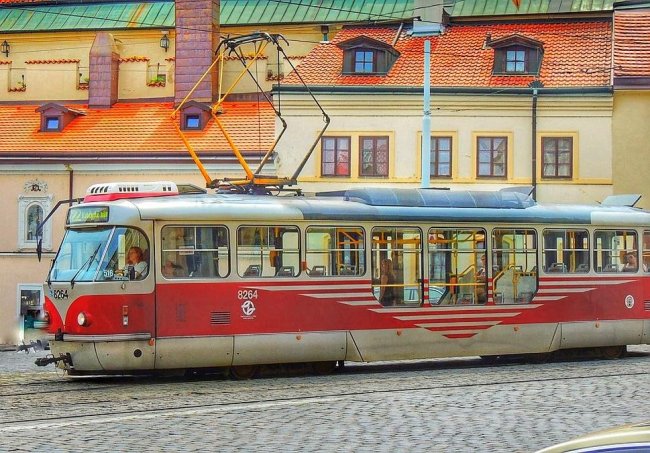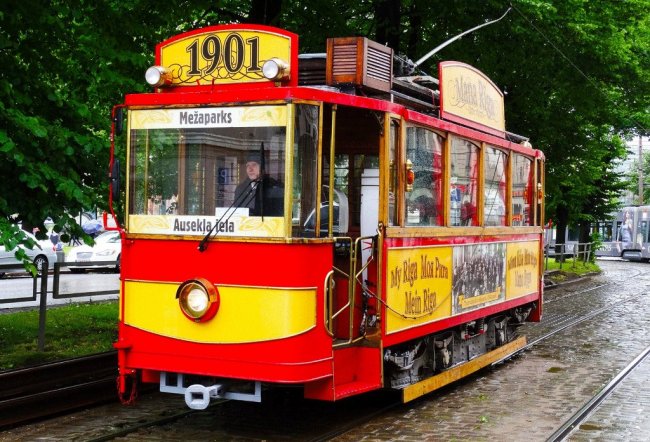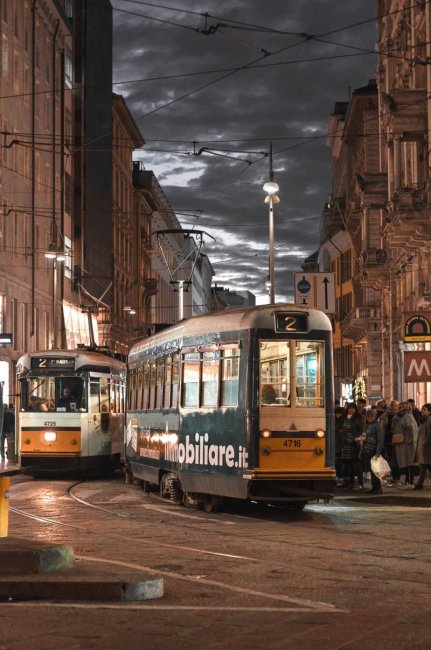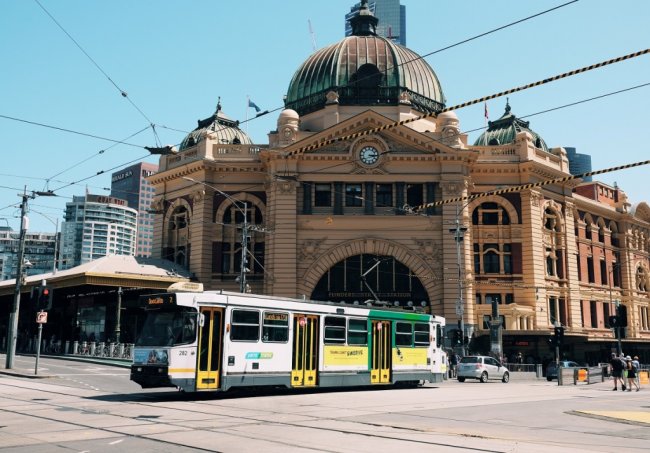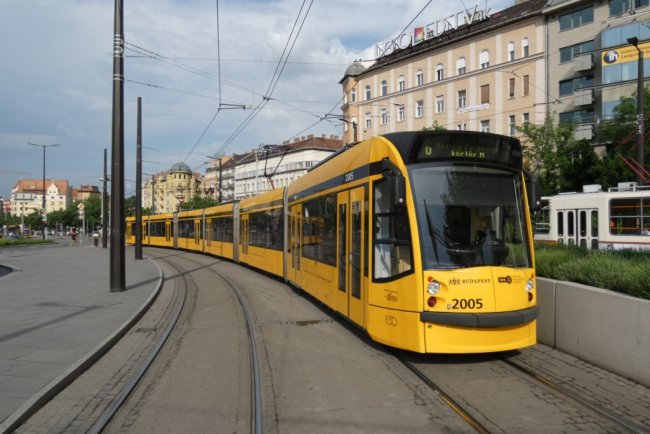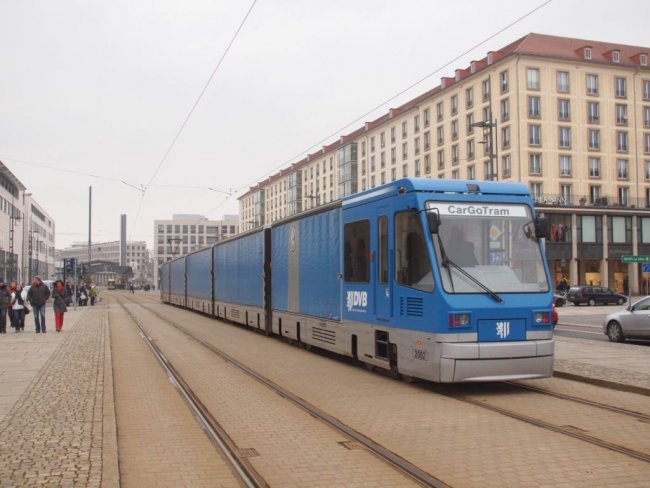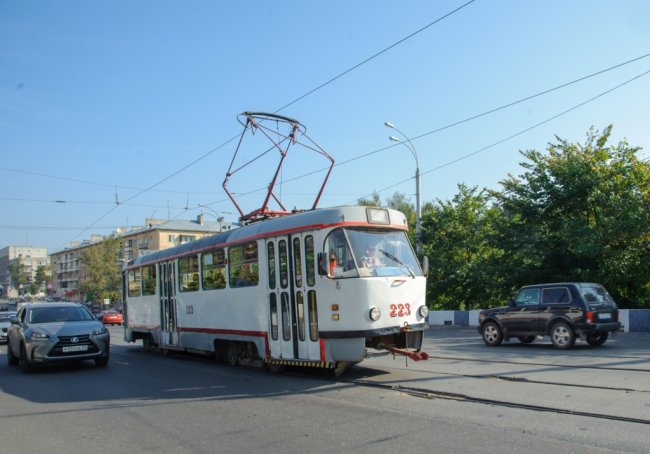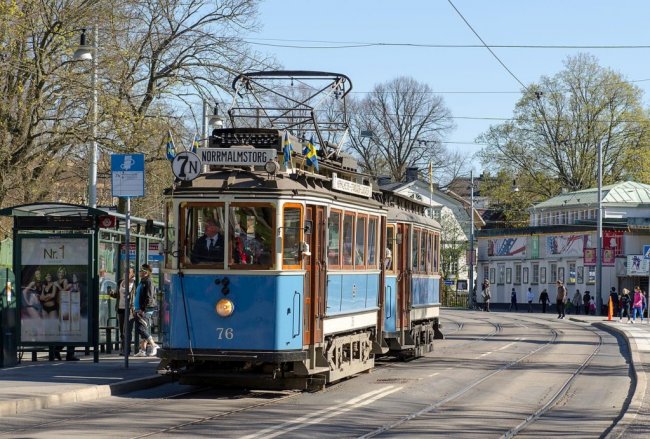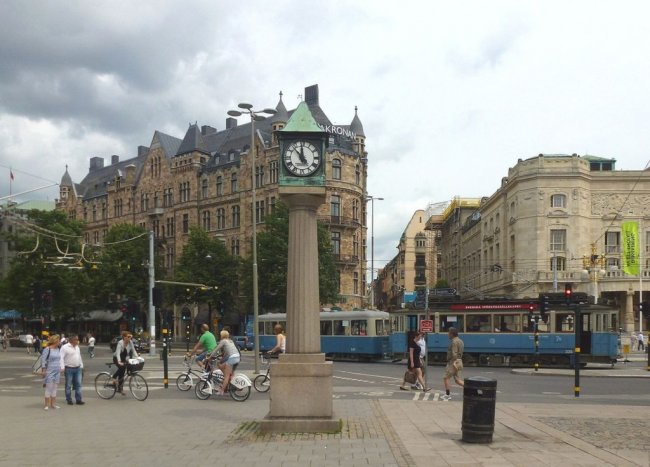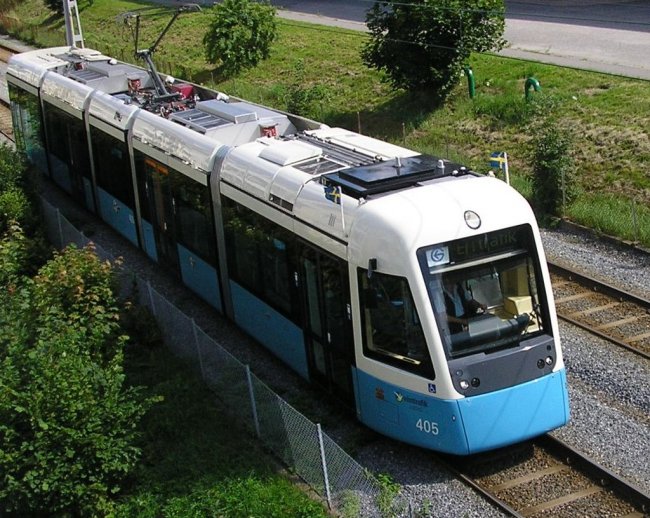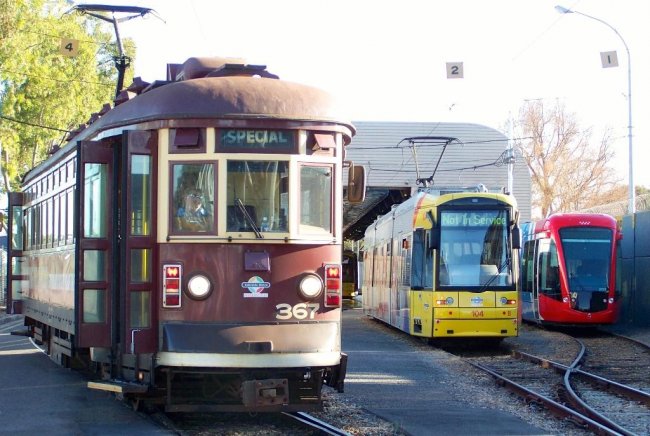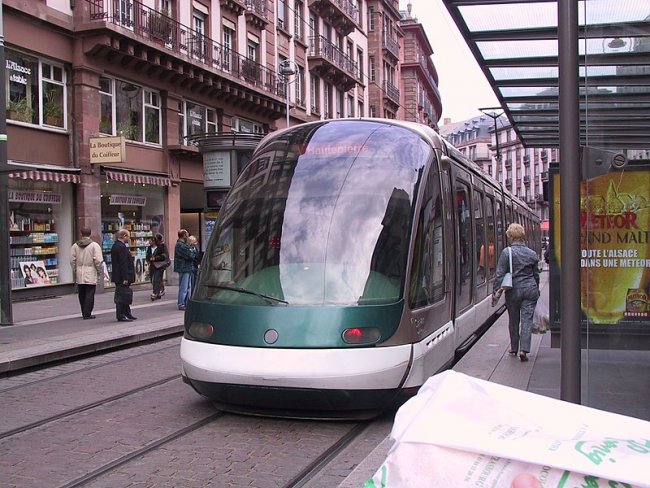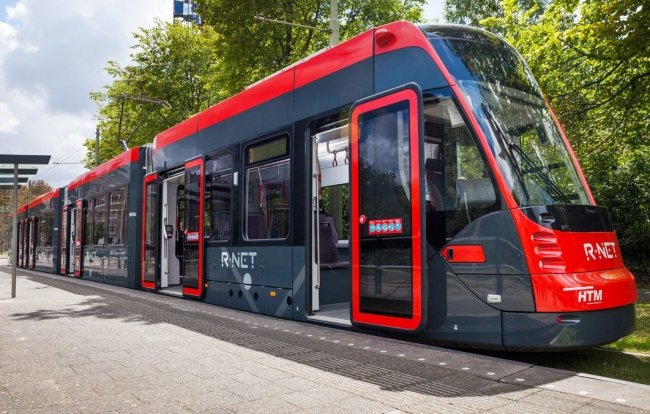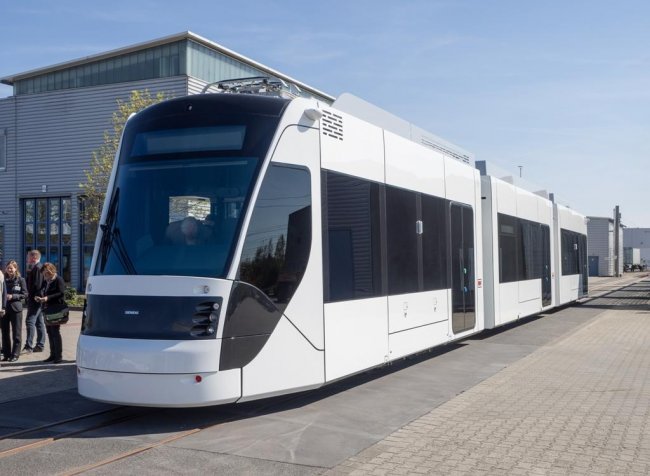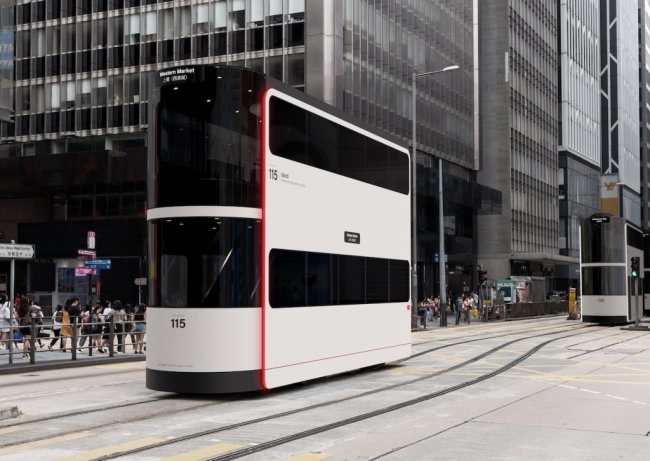A brief history of the electric tram in pictures, interesting facts about trams around the world
For more than a hundred years, the tram bell has been heard in different countries. More than a century ago, an electric motor pushed a horse pulling a wooden trailer along the rails. The tram replaced the show and has survived to this day. It took people to work and for many generations started a new day with its bell, as well as with the bass beeps of the factories.
Currently, 99% of the trams operating in the world are powered by electric motors. Electricity is supplied by an overhead power line, third rail or by built-in batteries (see — How does urban and interurban electric transport get energy?). Before that there were horse, steam and diesel trams.
Since the 1990s, many cities around the world have returned to the tram system. Electric trams are more efficient, cheaper to operate and more environmentally friendly than buses.
The first railway known as a 'tramway', the Swansea and Mumbles Railway, opened in 1804 in Great Britain and was used to transport coal and iron ore. Passenger transport was started in 1807.
The first city streetcar appeared in New York in 1832 thanks to engineer John Stevenson. The wagons pulled the horses along rails built into the road.
The world's first electric tram, the Gros-Lichterfelde tram, began operating in 1881 in the Lichterfelde district of Berlin, Germany and was manufactured by Werner von Siemens.
The first electric tram
Direct current was supplied to the rails. The tram car was 5 m long, 2 m wide and weighed 4.8 tons. It moved at a maximum speed of 40 kilometers per hour and carried 20 people at the same time. During the first three months of operation, the tram carried 12 thousand passengers.
One of the most popular technical solutions at the end of the 19th century was the use of elevators. The car was pulled along the rails by an electric motor mounted at the end of the track using a movable steel cable. The first working elevator was tested in San Francisco in 1873.
A cable car in Melbourne (Australia) in 1905.
Cable cars in the city of Dunedin in New Zealand
According to historical records, the city of Dunedin built the second cable car tram line in the world after San Francisco.
At the time it was the busiest city in New Zealand. A gold deposit was discovered in its vicinity in 1861 and this contributed to the rapid growth and enrichment of the city. In 1869, New Zealand's first university was even founded in the city.
The gondola line to Dunedin was built and opened in 1881, only to close 76 years later in 1957.
Cable car in San Francisco (USA) nowadays
Germany's first type of tram powered by a bipolar overhead line, 1883.
Newspapers at the turn of the century were full of announcements of the opening of new tram lines.The tram was the hero of the day, an indicator of the city's development. Backlogged provincial towns in every way sought to acquire bright trailers on the rails — irreplaceable heroes of the jokes and feuilletons of the time.
The first rows were only a few kilometers away ... They were used for excursions, for several rounds in the evening lovers drove, and the greatest pleasure for the urban caramel was riding a "sausage" or putting buttons under the wheels.
Money was collected "from all over the city" to build the tram. The contracts were awarded to various joint stock companies. Needless to say, under such conditions there can be no question of standardization. Lines laid according to different designs had different gauges.
Where possible, we have already gotten rid of this inconvenience. But in some historical cities it did not work everywhere, and the track remained unchanged - otherwise it would be necessary to push the monuments of architecture along the narrow, old streets.
Electric trams on George Street, Sydney, Australia, circa 1919-1920 (Sydney once had the largest tram network in the world)
Working historic Volks Electric Railway station in Brighton (England)
A fully restored 1920 streetcar in Toronto
In St. Petersburg, the first tram line appeared in the 80s of the XIX century, but it was soon dismantled. The regular operation of the usual tram in the city of Neva began in 1907.
For a long time it was believed that in Moscow, as in many other cities, electric trams hit the streets in the second year. 20th century — 1901. The first lines were laid in the capital of Belgian joint-stock companies. True, then historians named another date for the appearance of the Moscow tram - the year 1899.The route is from Strastna Square to Butirskaya Zastava.
The first Moscow tram
A tram in Russia in the 1920s
In Kiev, the regular movement of the "electric horse" (that's what the electric tram was called at that time) began on June 13, 1892. The first line, built by the German company Siemens, was 1 km long and ran along the Alexandrovsky descent.
Kyiv tram at the beginning of the 20th century
One of the first trams in Nottingham (England), 1900.
Opening of a new tram line in London, 1906.
A double-decker electric tram in London in the first half of the 20th century
Interesting fact. Currently, double-decker trams operate in only three cities in the world, including only one in Europe. These are Blackpool (UK), Hong Kong (Special Administrative Region of China) and Alexandria (Egypt).
One of the terminus tram stops in Calcutta (India), 1940s
Queen Mary electric tram in Auckland (New Zealand), 1940s
The oldest streetcar line in the world still in continuous operation today is the New Orleans line, launched in 1835.
The dark green St. Charles streetcar in New Orleans (USA) on the world's oldest continuously operating streetcar line
In the sixties and seventies of the 20th century, dark days came for the tram. It seemed that, like the factory horns, the streetcar would soon sink into oblivion. Urban transport experts have pointed to 1990 as the year of its eventual disappearance from the city's streets. Almost no new lines were built.
Opponents of the oldest form of public transportation, which until recently carried 70 percent of passengers, accused it of excessive noise and slow speeds, thought it cluttered the streets — there was only room for underground tracks — in the subway.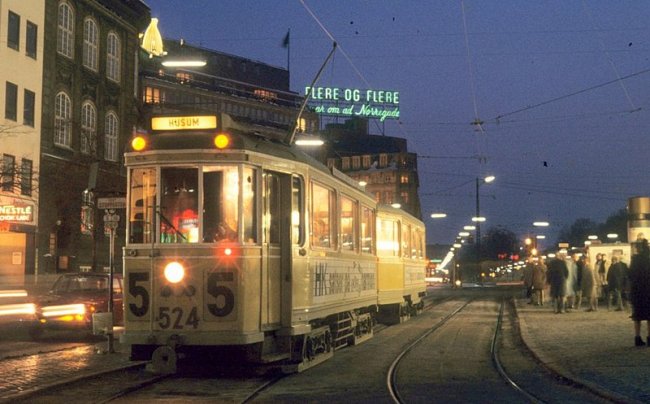
Copenhagen tram, January 1969. Then the obsolete tram will soon be abandoned and the whole system will be closed.
But there were also defenders of the good old streetcar. And while the controversy was going on, he himself managed to change a lot. The cars became more beautiful and warmer, the rudders, like the steering wheels of the ships, disappeared from them, the course became soft, without jerks. As for the noise, the measurements carried out on the busiest streets of the cities showed that the flow of cars is two and a half times noisier.
Nowadays, trams are the decoration of many European cities. In many places, they themselves are considered historical landmarks and even symbols that attract tourists.
Tram in Vienna (Austria)
Historic trams in Lisbon (one of the symbols of the capital of Portugal)
In 1873, the first tram, named "Americano", was launched in Lisbon. Lisbon's famous yellow streetcars are modeled after late 19th century streetcars from San Francisco to California.
Tram in Karlin (Prague, Czech Republic)
Karlin is the area where the first tram line in Prague was built around 1880. This was done by František Krzyzyk, a famous Czech inventor and electrical engineer. The tram is still very popular in the center of Prague.
Riga retro tram (the tram is reconstructed according to the preserved drawings and images)
On a vintage tram you can explore the historical district of Riga and reach the city zoo in an hour. You can also rent a tram and ride it with your friends all day.
Trams in Milan (Italy)
Milan's tram network is one of the most developed in the world. While the metro system in Milan has only 4 lines, the tram system is much more developed.It boasts an impressive number of lines (17 in total) and the network stretches for 181 km. This makes it one of the largest tram networks in the world, along with Melbourne in Australia, Riga in Latvia and Saint Petersburg in Russia.
The record holder is Melbourne, which has the longest tram network in the world. Melbourne has 249 km of tracks.
Tram in Melbourne (Australia)
The longest electric tram in the world is the Siemens Combino Supra. This is a 54-meter long car that drives around Budapest, Hungary.
Siemens Combino Supra tram on the street in Budapest
Another interesting fact. There are only two freight trams in the world - in Zurich and in Dresden. The latter connects the suburbs to the Volkswagen plant in the city center.
Freight tram CarGoTram in Dresden (Germany)
In the USSR, the city of Kalinin (now Tver) is the most loyal to this type of transport. In a regional center of almost half a million, 80 percent of passengers were transported by trams, so the city of Kalinin in Soviet times was even called the "city of trams". The lines are operated by machines from four plants: Riga Car Building, Leningrad, cars from the small Ural city of Ust-Katav and trams from Czechoslovakia. Unfortunately, since 2018, tram traffic in Tver has been completely stopped.
A tram on the streets of Tver in the early 2010s
Currently, the electric tram is considered the fastest and most economical form of urban transport.
In large cities, electric transport can take a significant share of transport (by reducing the share of buses). Let us recall that air pollution from internal combustion engines not only harms human health, but also contributes to the deterioration of buildings, structures, machines and equipment.
It is especially good where buses and trolleybuses cannot cope with the rush hour flow of passengers. The carrying capacity of tram lines exceeds that of all other types of land transport.
A modern high-speed line can transport from 10 to 20 thousand people per hour. Only the subway can do more. But the time to build a tram line is much shorter, and the cost is about ten times less than the cost of a subway of the same length: there is no need for a tram to "go underground".
It is enough to build transport hubs and fence the path with green spaces, which also decorate the streets. In a word, where the number of passengers does not exceed 20 thousand people per hour, you can do without the subway.
The revival of interest in trams is associated not only with retro fashion, but also with the obvious advantages of this most economical and ecological form of transport. Today, even when the rails were removed ten or twenty years ago, they are being laid again. In those cities where they were in no hurry to get rid of the tram, they are celebrating its one hundred and twenty year anniversary.
Yes, it is accompanied by noise, vibrations. But these sins are not so great and are ultimately overcome. And the tram is coming back. It is promising according to many. Especially high-speed, and on highways, as experts say, are passenger-intensive, where, by the way, buses now help, where there is still no subway.
Djurgården tram line in Stockholm (Sweden)
By the end of the 1960s, the trams disappeared from the streets of Stockholm. They became a distant memory for a long time for most of the residents of the Swedish capital, especially to the great chagrin of the elderly residents, who have many wonderful memories, while rode the trams around the city. But back in the 1990s, a group of Stockholm residents decided they wanted to bring back the trams. They decided they would have their own tram line with restored tram cars.
Passionate Stockholmers have built a tram line on the beautiful island of Djurgarden, which has a number of popular tourist attractions as well as a beautiful park with cafes and restaurants that are always crowded during the summer months.
Djurgården's trams became a success and attracted both tourists and local residents, who began to use them as transport, including for commuting. The city authorities consider this an inspiring idea and decide to take part in the project as well.
In 2005, the city authorities decided that the restored tram line was successful enough to become part of the city's transport network. It is now considered part of Stockholm's public transport system. In 2010, the city authorities extended the Djurgården line and placed it directly in the city center.
Trams in central Stockholm
Even the streetcar's opponents have changed their minds about it in recent years. And the tram itself has changed beyond recognition in one hundred and twenty years. He changed and found a second youth, a second recognition.
Tram in Strasbourg (Switzerland), 2004
Trams in Adelaide (Australia)
Strange people are inventors. They act constantly, contrary to the sayings.After all, "reinventing the streetcar" sounds almost the same as, say, "reinventing the wheel." However, both are still being invented and are constantly being improved upon.
Italian Sirio tram in Gothenburg (Sweden), 2006.
Modern Siemens tram in The Hague (Netherlands), 2020.
Unusual tram in Qatar, 2021
Modern futuristic tram in Hong Kong (China), 2021.

